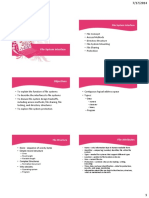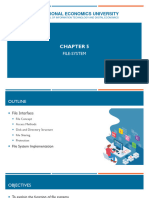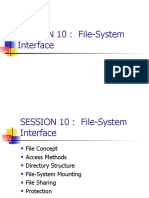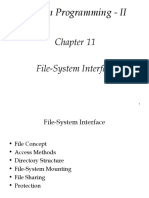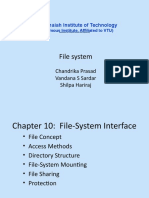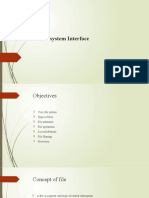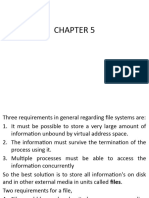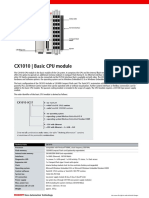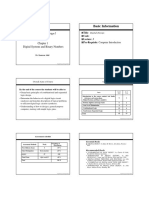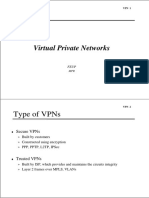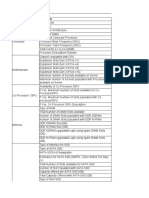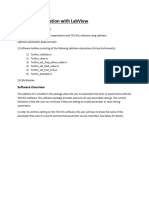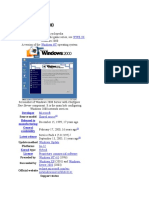0% found this document useful (0 votes)
78 views75 pagesFile System Interface & Implementation
The document provides an overview of file systems, detailing the concept of files, their attributes, operations, and the structure of directories. It discusses various file types, access methods, and the importance of file sharing in multi-user and distributed systems. Additionally, it outlines file system implementation, including layered architecture, allocation methods, and directory management strategies.
Uploaded by
kairaroyqueenCopyright
© © All Rights Reserved
We take content rights seriously. If you suspect this is your content, claim it here.
Available Formats
Download as PDF, TXT or read online on Scribd
0% found this document useful (0 votes)
78 views75 pagesFile System Interface & Implementation
The document provides an overview of file systems, detailing the concept of files, their attributes, operations, and the structure of directories. It discusses various file types, access methods, and the importance of file sharing in multi-user and distributed systems. Additionally, it outlines file system implementation, including layered architecture, allocation methods, and directory management strategies.
Uploaded by
kairaroyqueenCopyright
© © All Rights Reserved
We take content rights seriously. If you suspect this is your content, claim it here.
Available Formats
Download as PDF, TXT or read online on Scribd
/ 75















